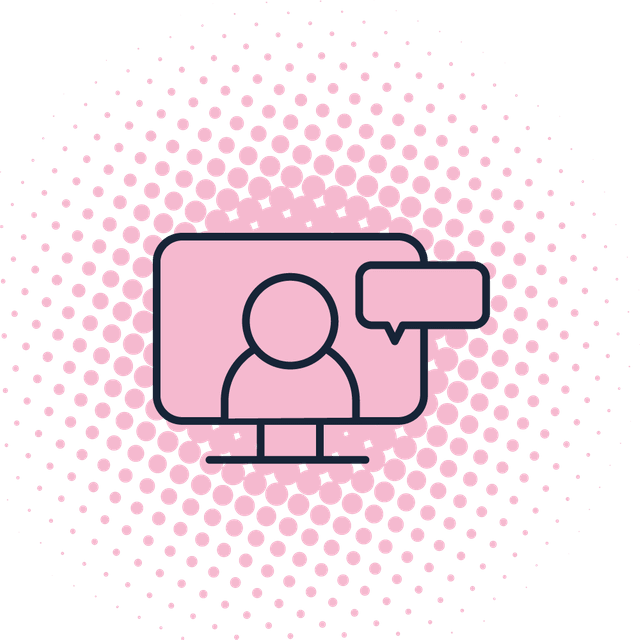The cost of patient no-shows can be steep, both for your practice’s bottom line and for your patients’ health. Unfortunately, patient no-show rates can be shockingly high. One study estimated that patient no-shows range from 23 percent to 34 percent of all appointments per year.
So, how can you reduce the impact of no-shows on your practice? Read on to find out how to build your strategy.
The first step to dealing with your no-show problem is to find out which patients aren’t showing up, and why. To get the data you need, start tracking your no-shows (if you aren’t already). Then, follow up with the patients to learn what kept them from their appointments.
Reasons for no-shows vary from practice to practice, and can be affected by age, location, and socioeconomic factors. A few common reasons include forgetfulness, transportation problems, fear of medical encounters, and insurance issues.
When one practice started tracking no-shows, they crunched the numbers and found that 35 percent of no-show appointments involved just 12 percent of their patients. This group had all missed at least four appointments in the previous year.
That information allowed the practice to adjust their scheduling practices based on the habits of their frequent no-shows. As a result, their physicians were able to see 30 percent more patients.
When you know who is missing their appointments, and have identified the factors that are keeping them away, then you can develop a plan of action that’s tailored to your patients’ needs.

If you’re looking to improve your telehealth offering, this on-demand webinar shares some best practices.
Your practice’s pre-appointment communications can help take control of no-shows. For example, if forgetfulness is a common issue for your no-show patients, revamping your reminder system could make a huge difference.
Reminder phone calls are common because they use technology your office already has, and they don’t require any specific expertise from your staff. But if you rely on phone reminders, you may have noticed that calls are most effective when delivered directly. Leaving a voicemail or counting on your number to show up as a “missed call” don’t do the trick. Getting patients on the line for a direct conversation eats up a lot of office staff time, though.
Text message reminders, on the other hand, are easily automated and have been shown to increase patient attendance. And if you use a reminder system that allows patients to respond directly to your messages, that also provides an easy way for patients to reschedule if necessary.
Patient engagement may be your most powerful tool in fighting no-shows.
Patient engagement may be your most powerful tool in fighting no-shows. Take this study conducted in 1970, for example: it found that when nurses were able to spend one-on-one time educating patients about the reasons for their next appointments, the rates of patient no-shows declined dramatically.
The surprising thing was that the amount of time they spent, or the kinds of education methods they used didn’t make much difference – it was the personal relationship between the patient and provider that really mattered.
Of course, healthcare and technology have come a long way since 1970s. Engaging effectively with patients can still be a major challenge, though. When you take logistical barriers out of the equation, patients say that some of their main reasons for non-attendance are anxiety, feeling disrespected by the healthcare system, and not understanding the scheduling procedures.
Building personal relationships with your patients helps to break down those barriers, whether you’re interacting face to face, on the phone, via text or through chat. When your patients feel more connected to your practice, they will be more motivated to keep their appointments.






